Bernese Oberland
The region has been internationally known since the beginnings of tourism more than 200 years ago. The charm of landscapes blessed with white mountaintops, deep ravines and blue lakes, as well as wooden buildings in small villages and many scattered settlements, led to this renown.
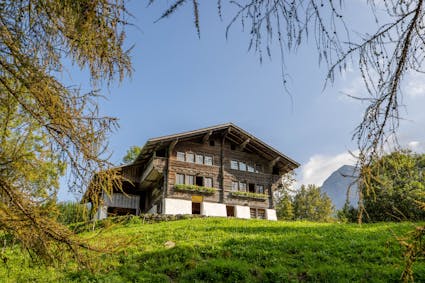
Success Story
Famous names like Interlaken and Jungfraujoch attract visitors from all continents to the Bernese Oberland. The region has been internationally known since the beginnings of tourism more than 200 years ago. The charm of landscapes blessed with white mountaintops, deep ravines and blue lakes, as well as wooden buildings in small villages and many scattered settlements, led to this renown.
14 Buildings
In the Ballenberg Open-Air Museum striking buildings from the Bernese Oberland hint at the fascination of this architecture that once enthralled tourists. The characterful buildings enhanced the reputation of the region and still do today. The kiosk from Bönigen (1041) is part of this history, documenting a blossoming of tourism in the belle epoque.
Wood in Variety
The Bernese Oberland is considered the epitome of the rural, the alpine, even within Switzerland. The “postcard buildings” are most often squared timber structures such as the dwellings from Matten (1021), Brienz (1031) or the smallholder’s house with pottery from Unterseen (1051). Ancient round log buildings like the 500-year old herder’s hut from the Axalp/ Brienz (1351) are rarer. Also rare are half-timber buildings like the smithy from Bümpliz (1052) which represents tradesmen’s houses, even though its geographical origin is outside the Bernese Oberland.
Alp Economy
Three further Bernese Oberland buildings in the Open-Air Museum lie in a zone outside but adjacent to the Bernese Oberland zone: the above-mentioned herder’s hut from the Axalp/Brienz (1351) and the cheese storage buildings from Leissigen (1362) and from Guttannen (1363). These small buildings point to an important economic branch and display both possibilities of classic wood construction: the cheese store from Leissigen is in timber framed construction, that from Guttannen in massive timber.
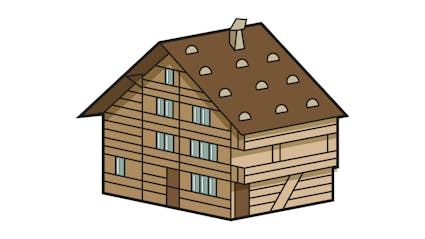
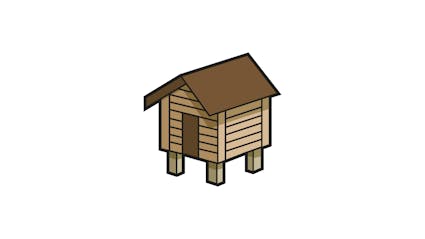

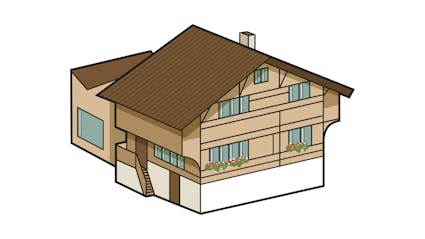
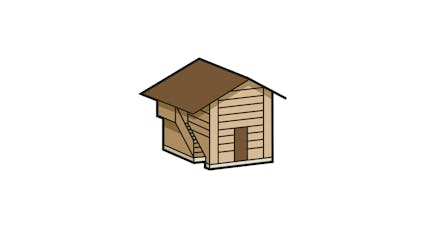
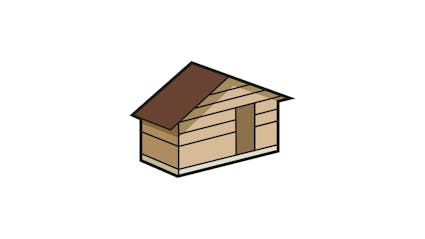
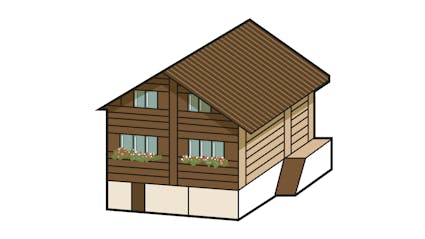


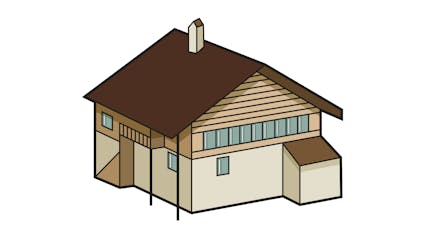
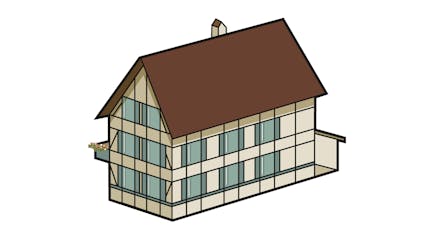
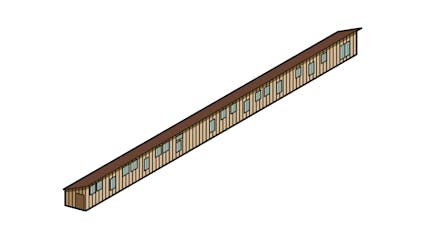
Ballenberg
Swiss Open-Air Museum
Museumsstrasse 100
CH-3858 Hofstetten bei Brienz
Opening hours
11 April to 27 October 2024
10 am to 5 pm daily